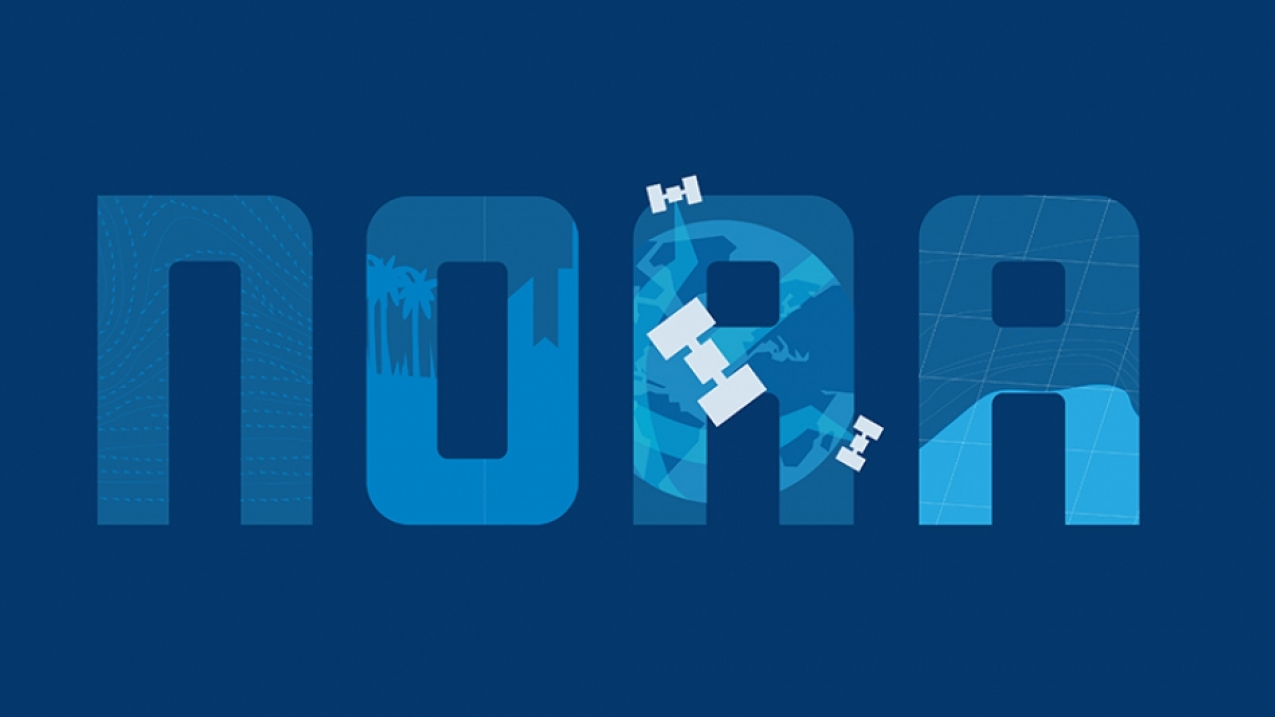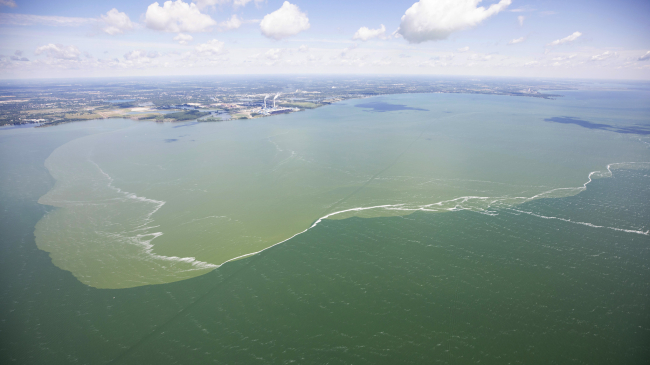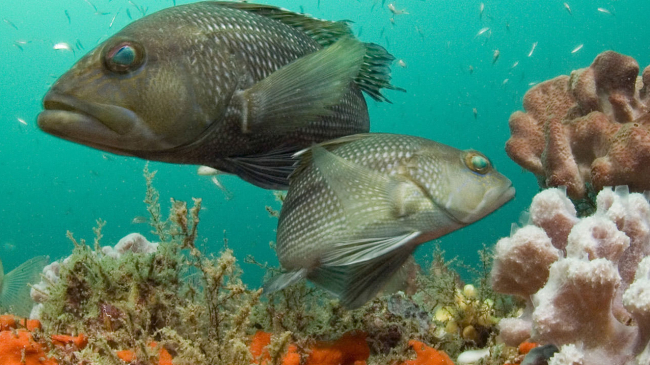Funding to help make resilient and healthy coastal communities, economies, and ecosystems
NOAA’s National Centers for Coastal Ocean Science has awarded more than $1.1 million for research to give coastal communities new ways to incorporate natural infrastructure, such as restored wetlands, into their coastal resilience planning for sea level rise and coastal flooding.

Welcome to noaa.gov (Image credit: NOAA)
Coastal communities face resiliency challenges with the combined effects of storm surge and sea level rise. (Credit: U.S. Department of Transportation)
Coastal communities and their ecosystems are threatened by rising seas and coastal flooding that take away land, alter habitats, and make people, homes and businesses more vulnerable to coastal storms. Rising sea levels can also change how ecosystems work, especially when combined with inundation from tides and storms.
“As more people continue to move and live near the coast we have the challenge of protecting them from coastal hazards while also protecting the ecosystems in their communities,” said Russell Callender, Ph.D., acting assistant NOAA administrator for the National Ocean Service. “These awards will provide the new tools coastal managers need to plan for sea level rise and flooding, and improve the coastal resilience of their communities and the ecosystem that sustains them.”
A "marsh organ" is one of the tools scientists use to predict the response of coastal marsh vegetation to changing sea levels. (Credit: With permission from the Dept. of Civil and Environmental Engineering, University of Central Florida)
Funding, under NOAA’s Ecological Effects of Sea Level Rise Program and Climate Vulnerability Initiative, will support these five new projects in California, Oregon, North Carolina, and Hawaii:
Oregon State University ($347,715 in two awards) to improve modeling tools used by San Francisco Bay managers to restore marshes and predict vulnerability of wetlands to sea level rise. Also, a new coastal storm recovery tool will assess the effects of storms to North Carolina beaches, dunes, and backshore ecosystems today and in the future.
University of North Carolina ($199,380) to understand and predict how the ecosystem will change in response to the combined effects of sea level rise, tides, and storm surge on marshes. They will focus on how North Carolina’s marshes can protect coastal shorelines.
The Nature Conservancy ($176,055) to help managers predict how sea level rise and climate change will affect coastal habitats in west Hawaii.
A "sediment elevation table" is one of the tools scientists use to predict the response of coastal marsh vegetation to changing sea levels. (Credit: With permission from the Dept. of Civil and Environmental Engineering, University of Central Florida)
Oregon State University / NOAA Cooperative Institute for Marine Resources Studies ($444,743) to look how natural infrastructure can protect coastal Oregon homeowners from floods, and how much those homeowners are willing to pay for any improvements. This is this first project in a program established through the joint NOAA-Oregon State University Hatfield Cooperative Institute of Marine Resources Studies offsite link to look at the economic value of protecting the shore with natural infrastructure.
“These projects will show how coastal economics can influence planning for sea level rise and flooding,” said Mary Erickson, director of NOAA’s National Centers for Coastal Ocean Science. “They’ll contribute to a larger NOAA effort to provide science to inform decisions, conserve priority ecosystems, and advance the use of natural and nature-based infrastructure to mitigate the effects of coastal hazards.”
Portions of Rockledge Drive (Rockledge, Brevard Co., Florida) are prone to increasing flooding from the nearby Indian River Lagoon. (Credit: With permission from the Florida Oceans and Coastal Council)
With increasing threats to our coasts, enhancing resilience to sea level rise and flooding has become a national priority. NOAA’s coastal resilience initiatives promote preparedness, response, and recovery to a variety of coastal threats. NOAA supports and informs improved decision making and end-to-end coastal resilience planning and adaptation.
The National Centers for Coastal Ocean Science delivers ecosystem science solutions for NOAA’s National Ocean Service and its partners, bringing research, scientific information and tools to help balance the nation’s ecological, social and economic goals. Visit our website for more about NCCOS research.
NOAA’s mission is to understand and predict changes in the Earth's environment, from the depths of the ocean to the surface of the sun, and to conserve and manage our coastal and marine resources. Join us on Facebook, Twitter, Instagram and our other social media channels.
Contact:
Ben Sherman
301-713-3066




